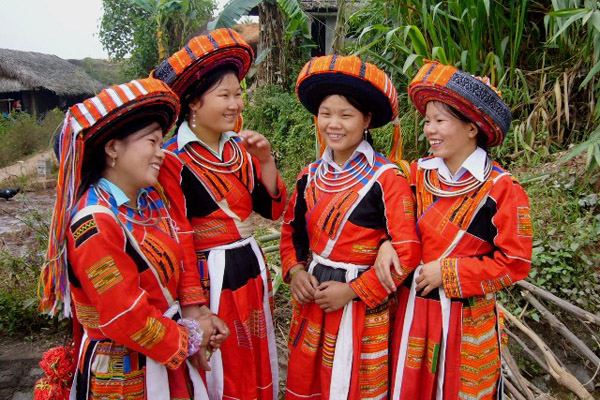Indonesia – Ethnic groups: The barriers of the mountains and the sea have protected the character and traditions of many groups. Away from the major cities and areas of dense population, there are significant variations from one valley to the next and almost from one village to the next.
An ethnic group, or an ethnicity, is a category of people who identify with each other based on similarities such as common ancestry, language, history, society, culture or …
Mexico – Ethnic groups: Mexico’s population is composed of many ethnic groups, including indigenous American Indians (Amerindians), who account for nearly one-fifth of the total, and Mexicans of European heritage (“whites”), who constitute between one-tenth and one-fifth of the total.
May 20, 2018 · Hello Nairalander! , Nigeria is a very rich cultural center. In fact, our diversity is one of our major strength as a nation. Although it has its own advantages and disadvantages, its advantages surpass the disadvantages.
The first Brau came to Vietnam about a century ago. They live mainly in southern Laos and northeastern Cambodia. At present, most Brau communities are still living in the basins of Xe Xan (Xa ma cang) and Nam Khoong (Mekong) rivers.
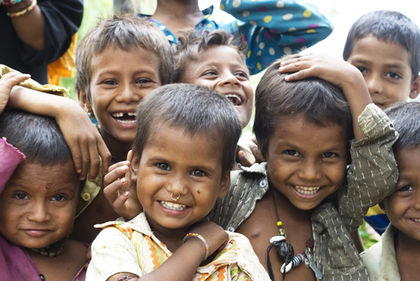
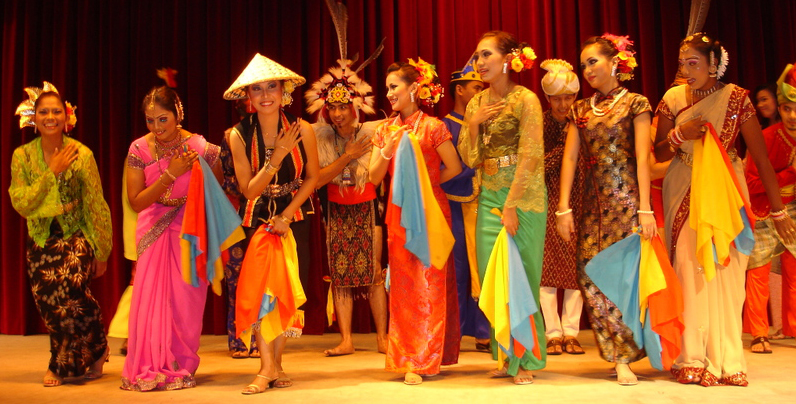
One of the main objectives is to expose readers to the cultural diversity of the Philippines, by introducing a collection of both existing and vanished ethnic groups, ethnolinguistic groups, languages, and immigrant groups found in the country.


India is characterized by more ethnic and religious groups than most other countries of the world. Aside from the much noted 2000-odd castes, there are eight “major” religions, 15-odd languages spoken in various dialects in 22 states and nine union territories, and a substantial number of tribes and sects.
Ilocanos make up the 3rd largest ethnolinguistic group in the Philippines.
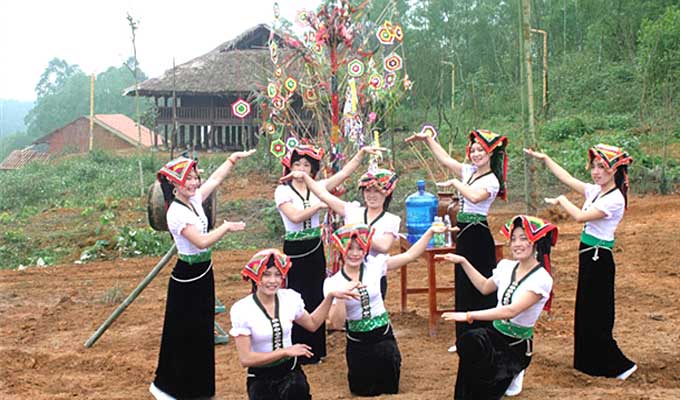
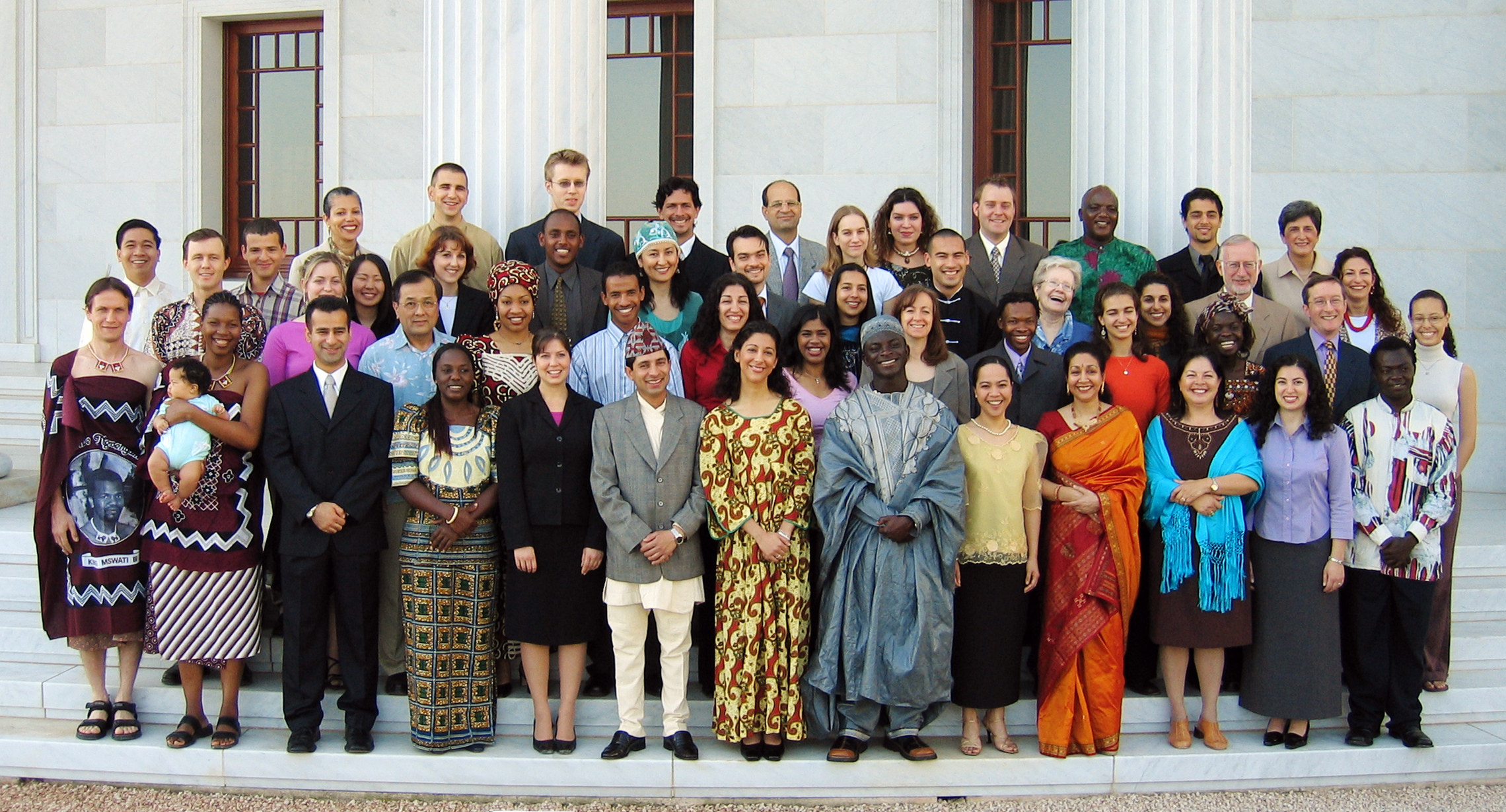

When originally published in Norway, Ethnic Groups and Boundaries marked the transition to a new era of ethnic studies. Today this much-cited classic is regarded as the seminal volume from which stems much current anthropological thinking about ethnicity.

The Philippines are inhabited by more than 175 ethnolinguistic nations, the majority of whose languages are Malay in origin, then Han Chinese, then European (mostly Spanish).
